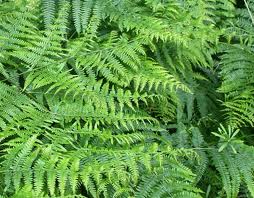|
A blog to help you identifying plants and how to plant them and maintain them.
Helianthus tuberosus - Jerusalem artichokes
Pruning
Pruning is a horticultural practice involving the selective removal of parts of a plant, such as branches, buds, or roots.
Reasons to prune plants include:
- deadwood removal
- shaping (by controlling or directing growth)
- improving or maintaining health
- reducing risk from falling branches
- preparing nursery specimens for transplanting
- harvesting and increasing the yield or quality of flowers and fruits
Specialized pruning practices may be applied to certain plants, such as roses, fruit trees, and grapevines.
The apple trees need to be pruned to avoid plagues.
At the end of November or beginning of December, the roses are pruned.
The berryplants do not get pruned. They do not have many plagues, so they can be pruned a little bit but not much, because they will not give enough fruit next year.
Pruning small branches can be done at any time of year. Large branches, with more than 5-10% of the plant's crown, can be pruned either during dormancy in winter, or, for species where winter frost can harm a recently-pruned plant, in mid summer just after flowering. Autumn should be avoided, as the spores of disease and decay fungi are abundant at this time of year.
Some woody plants that tend to bleed profusely from cuts, such as maples, or which callous over slowly, such as magnolias, are better pruned in summer or at the onset of dormancy instead. Woody plants that flower early in the season, on spurs that form on wood that has matured the year before, such as apples, should be pruned right after flowering, as later pruning will sacrifice flowers the following season. Forsythia, azaleas and lilacs all fall into this category.
Pterophyta - Fern
|
Pteridium esculentum - Bracken
|
Pelargonium - Geraniums
|
Veg planner
More information about the veg planner can be found here:
http://www.gardenaction.co.uk/fruit_veg_diary/veg_planner.asp
Subscribe to:
Comments (Atom)









